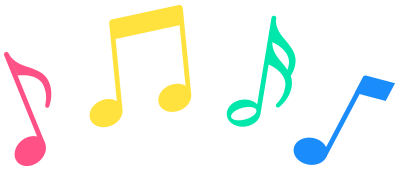Music has a shared, profound effect on the way that we feel; people all around the world share an appreciation for it. We come together at events like concerts and churches to enjoy it. We play it in the car during our daily commutes. We hum tunes around the house, sometimes without realizing it. While listening to music inspires joy, playing a musical instrument does so as well.
As a piano player of nearly twenty years, I can speak to the sense of joy that playing an instrument brings. If I had a rough day at school, I would come home and go straight to the piano, because I knew I would feel better after playing for even a short amount of time. Being able to focus on nothing but the music in front of me and letting my fingers run across the keys gave me something positive to think about. Whatever I was stressing over was almost completely forgotten within minutes, because I was too enveloped in the music filling my ears. It was very much like a meditative experience for me, as the music allowed me an escape from stressors.
Research also speaks to the effect that playing music has on stress levels. One study discovered that playing piano can lower cortisol levels, which is one of the main stress hormones (Shipman 2016) (Toyoshima 2011). Moreover, when the same researchers compared the results of different hobbies on stress levels, namely playing piano, calligraphy, and clay making, they discovered that playing piano was notably more effective at lowering stress levels than the others (Shipman 2016) (Toyoshima 2011) . Given this information, it becomes apparent that learning an instrument can make a world of a difference for a child’s mental health and invite more joy into their lives as a result. An effective form of stress relief is so important for children, especially with current isolated conditions possibly causing increased mental strain. Music provided that relief for me, and I hope to see it make that same difference for the next generation.
References
Shipman, D (2016). A Prescription for Music Lessons. Federal Practitioner, 33(2) 9-12.




